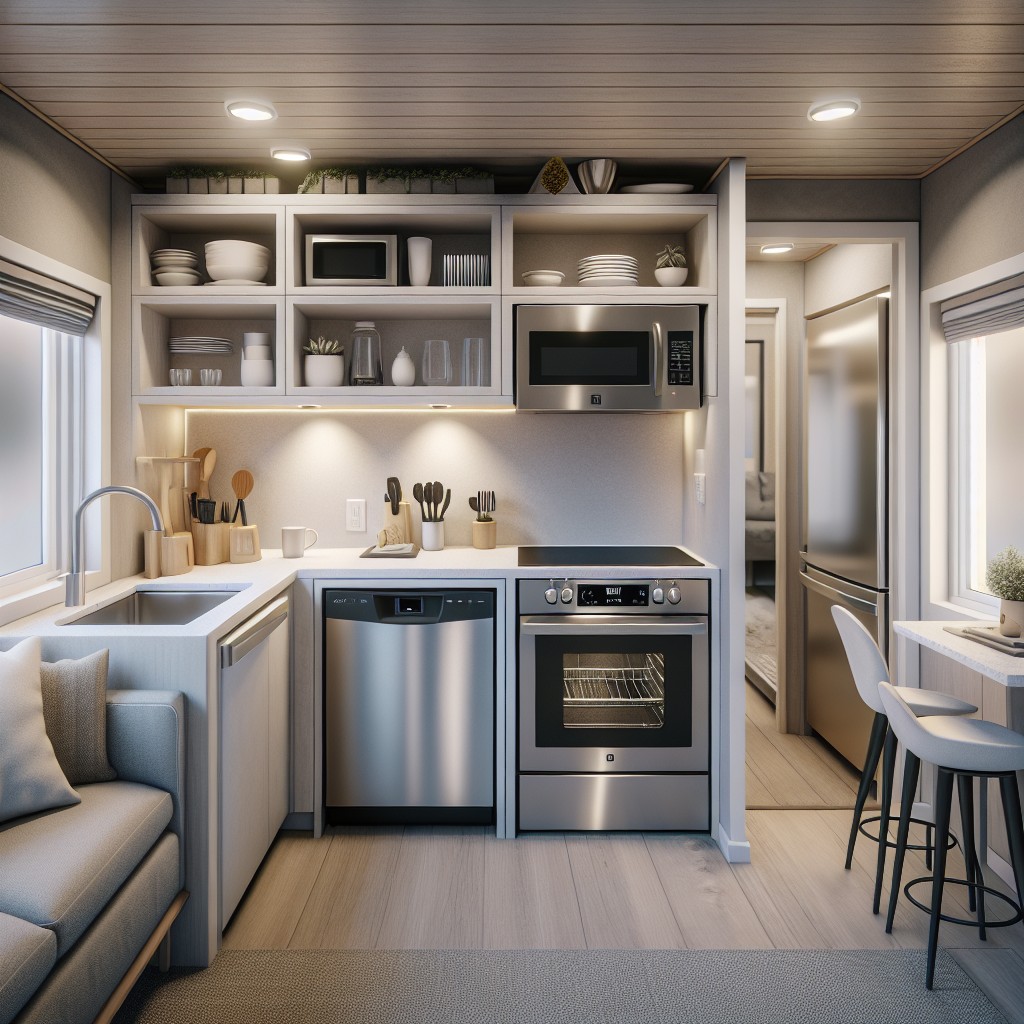Last updated on
Understanding the cost of acquiring an ADU permit is crucial when planning to build an accessory dwelling unit, and this article provides a comprehensive breakdown of the factors influencing permit costs.
Key takeaways:
- Plan Review Fees: Check local planning department for costs.
- Building Permit Fees: Based on size and value of construction.
- Impact Fees: Vary by region, may be waived for smaller ADUs.
- Utility Connection Fees: Can be substantial for new connections.
- Minimize Costs: Research regulations, use pre-approved plans, seek incentives.
Overview of Costs for ADU Permits

Navigating the financial landscape of accessory dwelling unit (ADU) permits requires a clear understanding of the various fees involved. Typically, the total cost of obtaining a permit can range considerably, with some standard components of the fee structure including:
- Plan Review Fees: These fees cover the cost of the local planning department’s review of your ADU plans for compliance with zoning regulations and building codes. Review times and associated costs can vary.
- Building Permit Fees: Once your plans are approved, a building permit fee is required. This fee is usually based on the size and value of the proposed construction.
- Impact Fees: Many local governments charge impact fees to offset the increased demand on public services that your ADU might generate. However, some regions may waive these for ADUs under a certain size.
- Utility Connection Fees: If your ADU requires new connections to public utilities such as water, sewer, or electricity, there will be fees for these services, which can sometimes be quite substantial.
- Miscellaneous Fees: Don’t overlook additional expenses that may arise, such as school district fees, fire department review fees, or local development fees, depending on the jurisdiction.
While these categories are commonly encountered, it is essential to verify with your local city or county planning department for an accurate estimate tailored to your specific project. Keeping abreast of the latest legislature that might affect ADU permit costs can also yield potential savings.
Variability of ADU Permit Costs By Location
Understanding that ADU permit costs can swing widely depending on where you live is crucial. Urban areas, for example, might have higher fees due to increased demand for housing and the associated regulatory environment. On the other hand, rural areas may have lower costs but can also face different zoning regulations that could affect overall affordability.
In cities with a high cost of living, such as San Francisco or New York, permit fees are often greater than in smaller towns or regions with less pressure on the housing market. Moreover, specific neighborhoods within cities can have varying fees based on local ordinances.
Some municipalities have incentivized ADU construction to address housing shortages, which can lead to reduced permit costs or streamlined processes that lower indirect costs. Always check for such programs that might be in place to promote affordable housing development.
Lastly, state-level policies can also play a role. In states encouraging ADUs, you might find standardized fees that can alleviate the unpredictability associated with local governance. Always research your state’s stance on ADUs to better anticipate the permit costs you might encounter.
Impact of Size and Type of ADU On Permit Costs
When considering an accessory dwelling unit, both the ADU’s size and type can significantly influence permit costs. Smaller structures often have lower fees due to lessened impact on local infrastructure and reduced complexity in code compliance. For instance, converting an existing garage into a living space is typically more affordable from a permitting perspective compared to constructing a new two-story ADU.
Detached ADUs are usually more expensive to permit than attached ones. They typically require more comprehensive reviews since they are separate buildings with their own set of utility hookups and potential for land use impacts. Contrarily, converting space within your existing home could streamline the process and reduce costs.
The permit process may also vary depending on whether you’re creating a new living space from scratch or transforming an existing non-living space. New construction triggers a range of fees such as school taxes, park fees, and utility expansion charges. In contrast, conversion of an existing space may only necessitate building permit fees and some impact fees.
Keep in mind, costs are not solely tied to the physical attributes of your ADU project. Local legislation can introduce additional requirements or incentives that affect the overall financial picture. Stay informed on current policies in your area to anticipate the true scope of expenses for your ADU’s permit costs.
California Legislation Impacting ADU Permit Costs
California has been a prominent player in shaping ADU regulations to ease the housing crisis. Recent legislative measures have aimed to streamline the process and make it more cost-effective for homeowners. For instance, Senate Bill 9, effective January 2021, allows for the splitting of residential lots to create duplexes or to build additional housing units, which inherently affects associated permit costs.
The state has also introduced laws to reduce fees. Senate Bill 13, for instance, eliminates certain impact fees for ADUs smaller than 750 square feet, and reduces fees for larger ADUs. This makes the creation of new ADUs more accessible by lowering the financial barrier to entry.
Additionally, California has passed Assembly Bill 68, which speeds up the approval process for ADU applications, forcing local jurisdictions to act on permits within 60 days, as opposed to the previous 120 days. A faster process can mean reduced holding costs for property owners, indirectly affecting the overall cost of developing an ADU.
Moreover, these laws cap utility hookup fees and prevent requirements for new or separate utility connections for ADUs not exceeding a certain size, which can in some cases save homeowners thousands of dollars.
Understanding these legislative nuances can offer significant savings on permit and development fees for ADUs in California. Homeowners looking to build ADUs should familiarize themselves with these rules to fully leverage the financial benefits offered by the state’s efforts to increase housing availability.
Strategies for Minimizing ADU Permit Costs
Minimizing permit costs can significantly reduce the overall expense of constructing an ADU, making your project more feasible. Start with thorough research. Regulations and fees vary widely from one municipality to the next. Early legwork to understand local rules can save you from costly missteps. Engage with your local planning department. A pre-application meeting can clarify requirements and help you anticipate costs, ensuring compliance and possibly expediting the process.
Choose your ADU design wisely. Opting for pre-approved plans offered by many cities can streamline the process and cut costs. Tailoring your design to fit within the guidelines for a simpler permit process can also lead to savings. Additionally, consider partnering with a professional who is experienced in the local ADU landscape. Their expertise may represent an upfront cost, but their knowledge of the ins and outs of permitting will likely save money in the long run.
Finally, keep an eye out for local incentives. Some areas offer fee waivers, grants, or pre-designed plans as incentives to promote housing. These programs can dramatically reduce your permit expenses, so take advantage of them if you can. Actively managing these strategies can effectively slash your permit costs and bring your ADU project within reach.
Related reading:
Table of Contents





